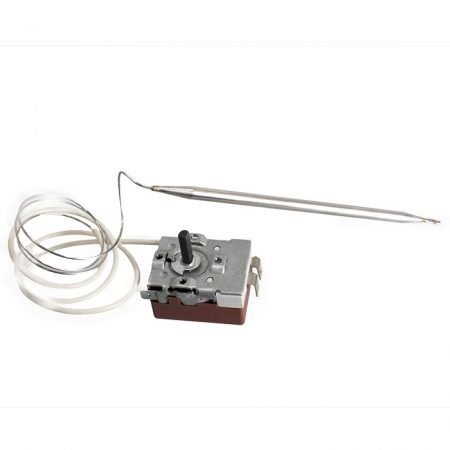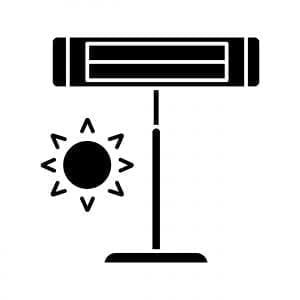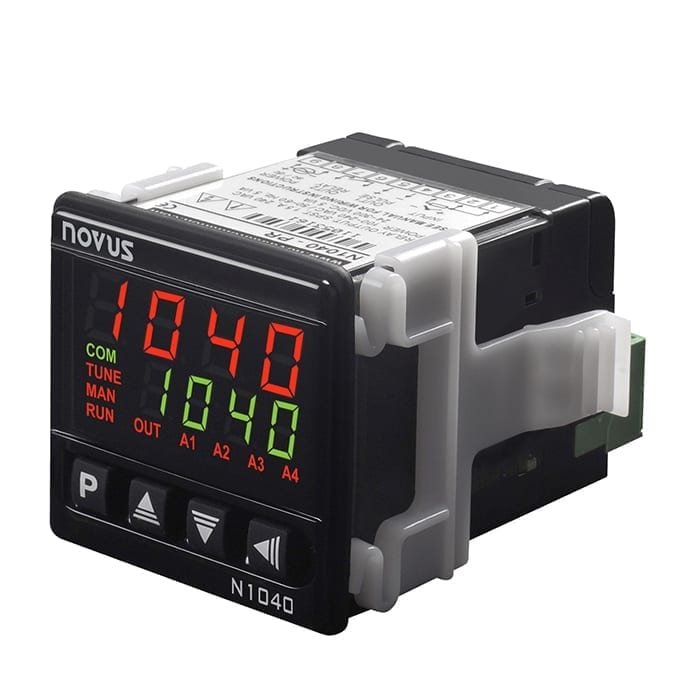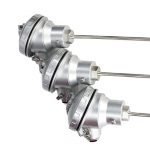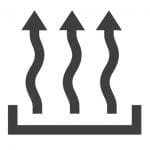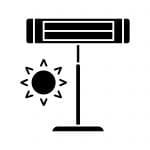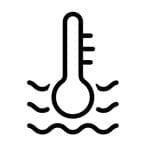25 to 60A
Current:0.5A~400A
Operation Voltage: 24V~480V
Control Voltage: 4-32vdc or 80 to 250vac
LED indicator showing “ON” or “OFF”
Protect Panel
IEC standard
Input & output types DC/AC AC/AC DC/DC
Overview
The Solid State Relay is industrial control appliance that uses semiconductor devices for the main control, compare with traditional industrial magnetic contactors, they are more high-powered, intelligent, digital, systematic and green friendly.
The main advantage of solid-state relays is they have no moving parts to wear out, and no contact bounce issues. They can switch both “ON” and “OFF” much faster than a conventional mechanical relay, as well as zero-voltage turn-on and zero-current turn-off eliminating electrical noise.
Input Signal
One of the main components of a solid-state relay (SSR) is the optoisolator (also called an optocoupler) which contains one (or more) infra-red light-emitting diode or LED light source, and a photosensitive device within a single case. The optoisolator isolates the input from the output.
Output Signal
The output switching capabilities of a solid-state relay can be either AC or DC similar to its input voltage requirements. The output circuit of most standard solid-state relays are configured to perform only one type of switching action giving the equivalent of a normally-open, single-pole, single-throw (SPST-NO) operation of an electromechanical relay.
Heat Dissipative Power Curve
The unit will generate heat during operation so a heatsink base or a finned heatsink should be used. See curves below for details.


To find out more about solid-state relays click here.
 0121 238 2795
0121 238 2795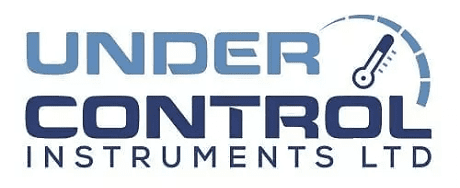
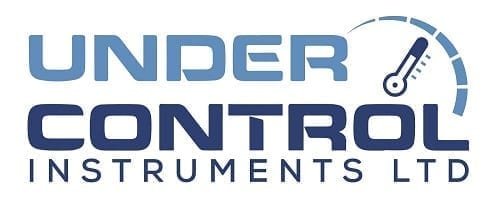

 Free Shipping
Order by 1 pm for same-day dispatch
Free Shipping
Order by 1 pm for same-day dispatch Technical support
Free tech support
Technical support
Free tech support Secure payment
Fast and easy payment options
Secure payment
Fast and easy payment options Price Guarantee
We will beat any like for like quotation
Price Guarantee
We will beat any like for like quotation

